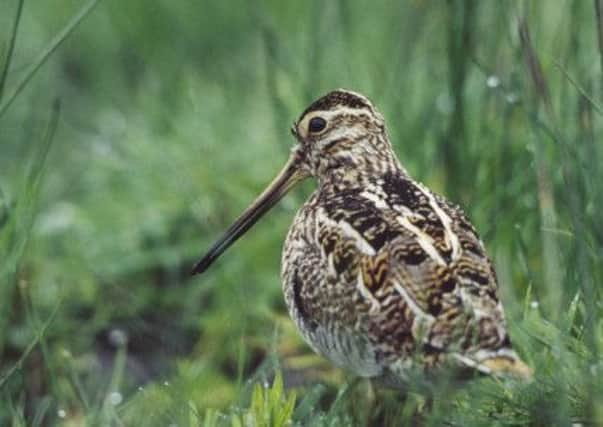Call for wader sightings in the Antrim Hills


Recent research has shown this species group declined by 83 per cent in Northern Ireland since 1987 but in the hills and valleys of Glenwherry these birds have been on the increase since 2011, with an impressive 164 pairs recorded last year.
Through the RSPB’s Halting Environmental Loss Project (HELP) local farmers have been taking advice from Neal Warnock their local RSPB Project Officer and have been busy tackling many of the problems which have caused such drastic declines in the wider countryside.
Advertisement
Hide AdAdvertisement
Hide AdNearly £1.5 million has been given to HELP from the European Regional Development Fund (ERDF) through the INTERREG IVA Programme, which is delivered locally by the Special EU Programmes Body. The project will run until August 2014 operating in the few remaining hot spots for these birds in Northern Ireland.
Weather conditions in late summer and early autumn 2013 were excellent and the dry conditions saw fields grazed late into the autumn and allowed for more than 143 hectares of rush to be controlled in wader fields.
“The increasing level of rush control has been one of the major successes of the project and has resulted in a dramatic rise in the number of breeding snipe in particular,” Neal explained.
However, from late autumn weather conditions began to deteriorate and one of the wettest winters on record postponed many plans to work in wader fields. Even now in early April ground conditions remain extremely soft underfoot but, thankfully, this doesn’t seem to have put off the birds!
Advertisement
Hide AdAdvertisement
Hide AdNeal commented: “Lapwing have been arriving back from their wintering grounds since late February and the first curlews returned to the hills in the first week of March. These birds will soon disperse to traditional breeding sites and begin displaying and setting up territories.”
With the breeding season now underway Neal is keen for local residents, farmers and landowners to get in touch if they see breeding waders in the local area.
To report sightings please contact Neal Warnock on 077 0371 6840 or email [email protected].